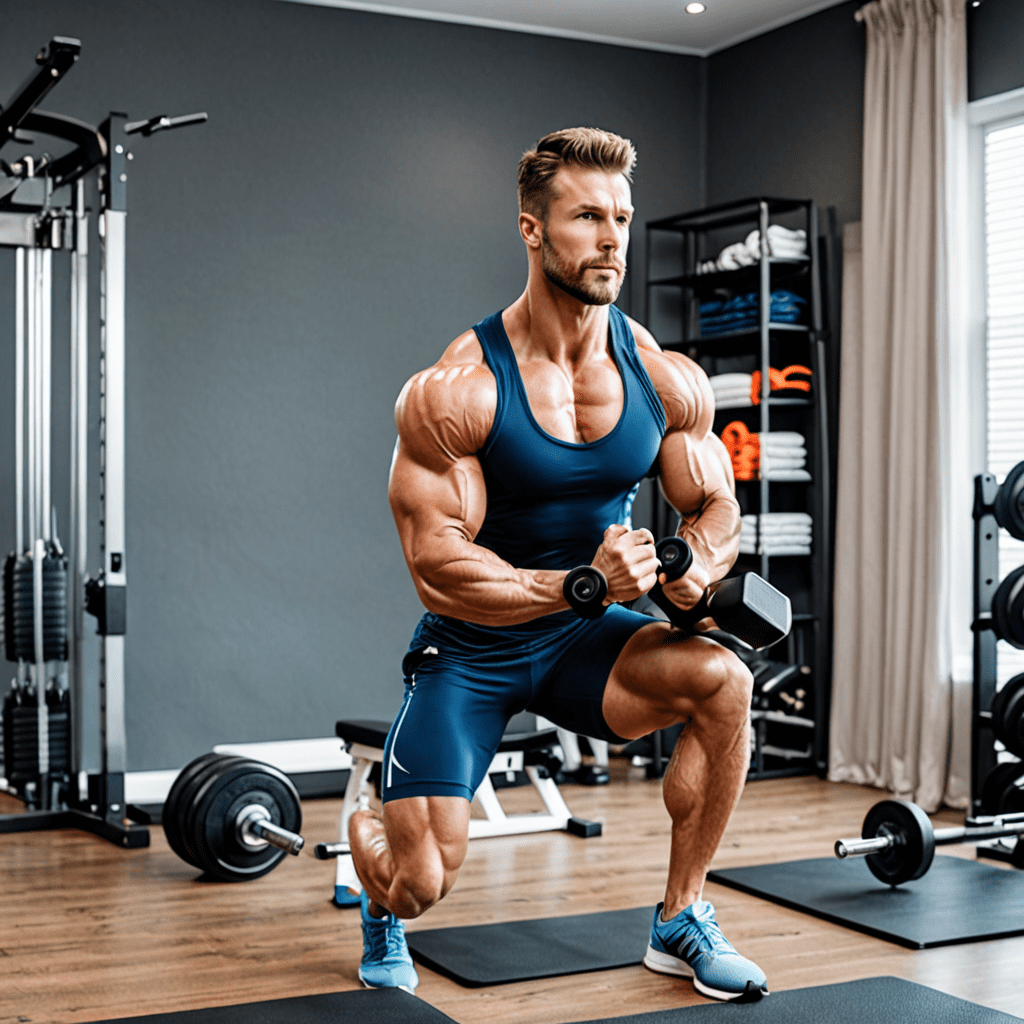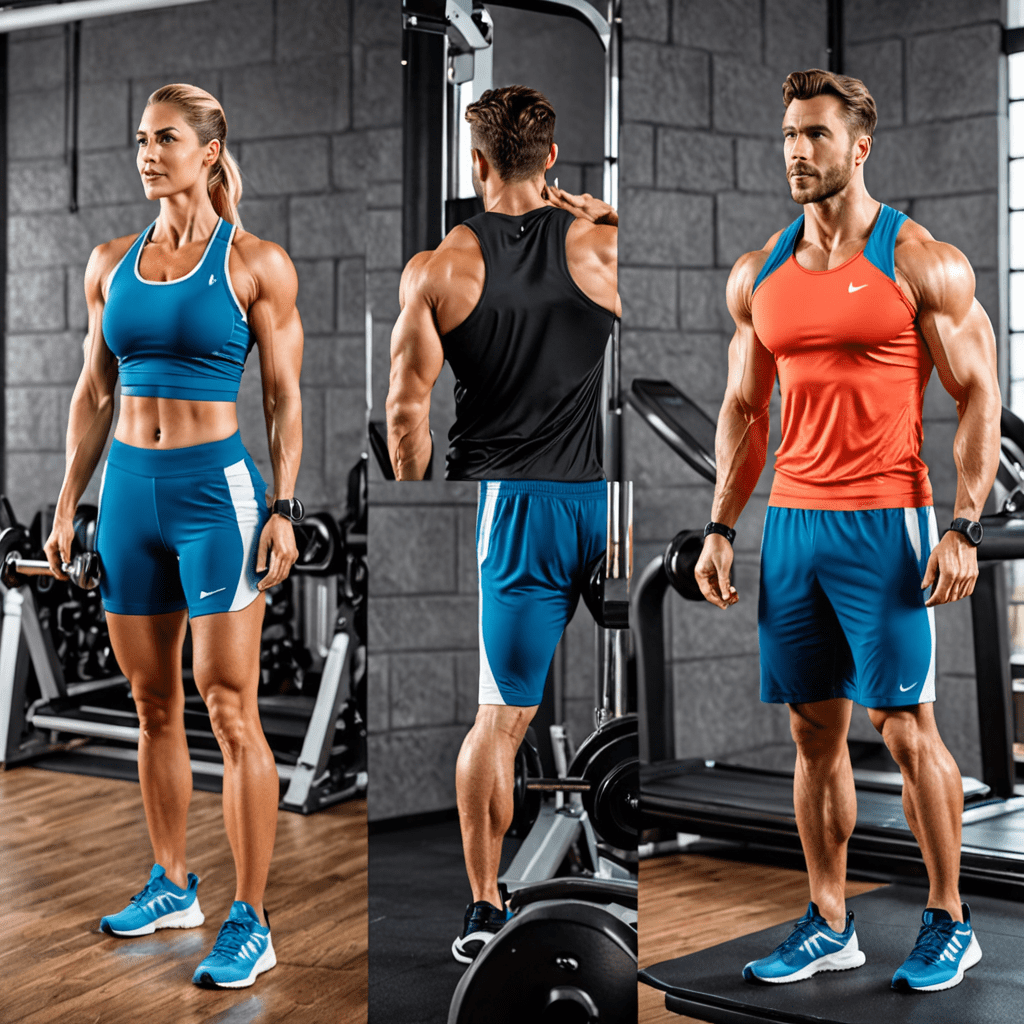
The Role of Neuromuscular Training in Injury Prevention and Performance at Home
Introduction
Neuromuscular training plays a crucial role in both injury prevention and enhancing performance, especially when working out at home. Understanding how this type of training impacts your body can help you achieve your fitness goals effectively and safely.
What is Neuromuscular Training?
Neuromuscular training involves exercises that focus on improving communication between the nervous system and muscles. By enhancing this connection, individuals can enhance their balance, coordination, strength, and agility.
Benefits of Neuromuscular Training
Engaging in neuromuscular training can significantly reduce the risk of injuries, particularly when performing physical activities at home. Additionally, this type of training can boost overall athletic performance by improving movement patterns and neuromuscular efficiency.
Key Components of Neuromuscular Training
Neuromuscular training typically includes exercises that target proprioception, balance, plyometrics, and agility. These components work together to enhance muscle control, joint stability, and overall body awareness.
Implementing Neuromuscular Training at Home
Even without access to a gym or specialized equipment, individuals can incorporate neuromuscular training into their home workouts. Simple exercises such as single-leg stance, squats, lunges, and stability ball routines can be effective in improving neuromuscular function.
Tips for Success
Consistency is key when it comes to neuromuscular training. Gradually progress the difficulty of exercises to continue challenging your neuromuscular system. Additionally, remember to listen to your body and consult with a fitness professional if needed.
Conclusion
By incorporating neuromuscular training into your home workout routine, you can better protect yourself from injuries and enhance your physical performance. Stay committed to this type of training, and you’ll likely see improvements in your overall fitness level and movement quality.
FAQ: Neuromuscular Training
What is neuromuscular training?
Neuromuscular training focuses on exercises that enhance the communication between the nervous system and muscles, improving coordination, balance, stability, and overall movement efficiency.
How does neuromuscular training help in injury prevention?
By improving muscle strength, joint stability, and proprioception (awareness of body positioning), neuromuscular training can reduce the risk of injuries, especially in activities that involve repetitive movements or high impact.
Can neuromuscular training enhance performance at home?
Yes, neuromuscular training can improve athletic performance by enhancing muscle control, power, and agility. These benefits can translate to various activities at home, such as household chores, gardening, or even recreational sports.


